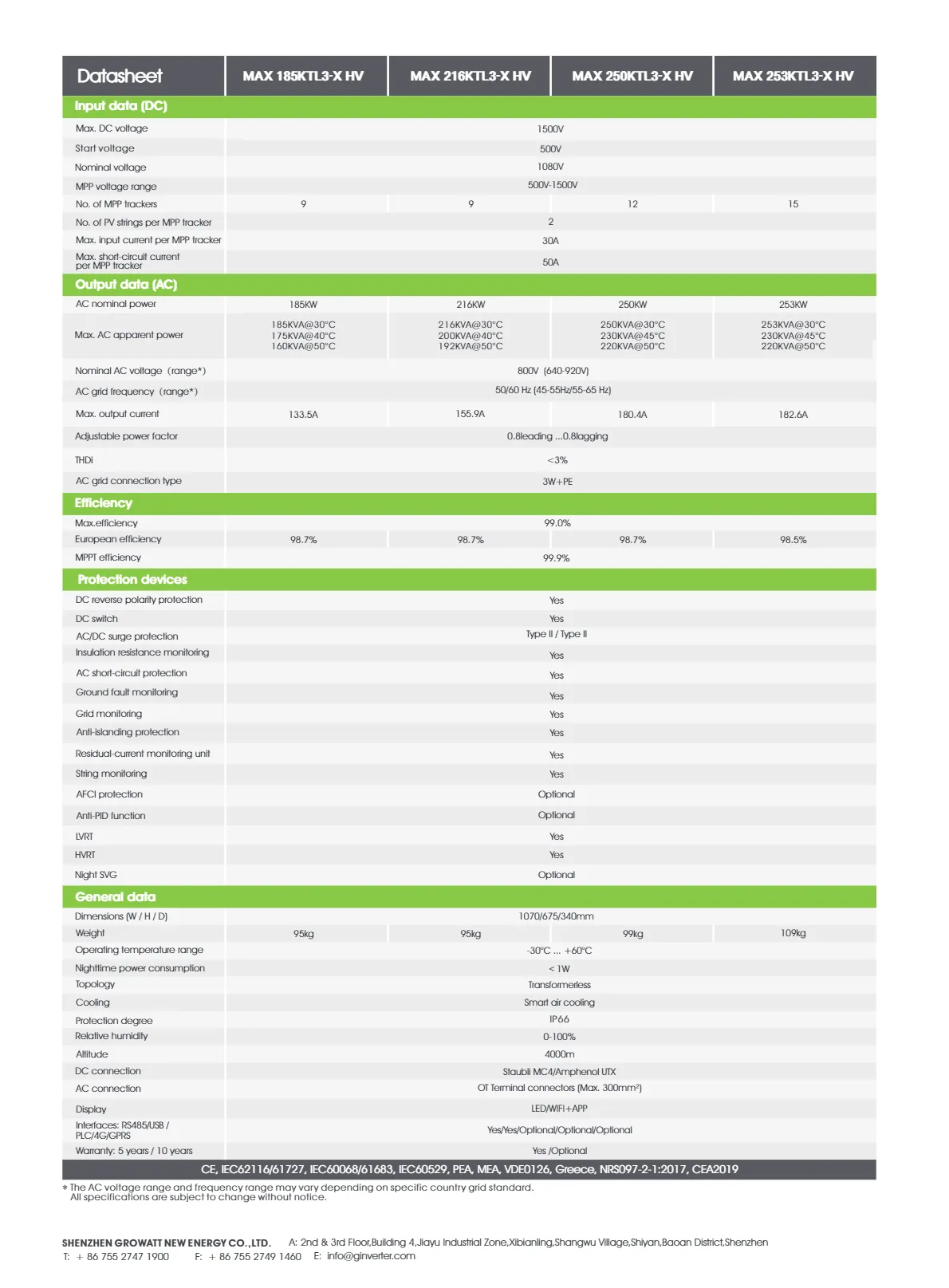Emerging Trends in Solar Panel Technology and Their Impact on Renewable Energy Solutions
The Rise of New Solar Panels Harnessing the Power of the Sun
In recent years, the world has seen a significant shift toward renewable energy sources, with solar power taking center stage as one of the most promising and sustainable options available. Among the innovations in this field, new solar panels have emerged as a game-changer, offering enhanced efficiency, affordability, and versatility. This article delves into the latest advancements in solar panel technology, their benefits, and their impact on the global energy landscape.
The traditional silicon solar panels have been a staple in the renewable energy sector for decades, but recent developments have ushered in a new era of solar technology. One of the most exciting innovations is the advent of bifacial solar panels. These panels, which can capture sunlight on both sides, increase energy output significantly compared to their monofacial counterparts. By utilizing reflected sunlight from the ground or surrounding surfaces, bifacial panels can boost energy generation by up to 30%, making them an attractive option for larger installations, such as solar farms.
Another breakthrough is the integration of solar panels into building materials, known as Building-Integrated Photovoltaics (BIPV). This technology allows solar panels to serve a dual purpose as both a functional building material and an energy generator. For instance, solar shingles and facades enable architects and builders to design aesthetically pleasing structures while harnessing solar energy. The adoption of BIPV solutions is expected to rise, offering a seamless blend of sustainability and design.
Moreover, the development of thin-film solar technology has made solar energy more accessible than ever. Thin-film panels are lightweight, flexible, and can be produced using a variety of materials, including cadmium telluride and organic photovoltaics. This flexibility allows for a wider range of applications, from residential rooftops to portable solar chargers. As production processes become more efficient, the cost of thin-film panels continues to decrease, making solar energy more affordable for consumers.
new solar panels

Efficiency improvements are also a focal point in the development of new solar panels. Innovative materials like perovskite solar cells have shown promise in dramatically increasing energy conversion rates. Perovskite cells can reach efficiencies exceeding 25%, compared to the typical 15-20% seen in conventional silicon panels. Researchers are actively working on scaling up production and improving the stability of these cells to make them commercially viable. If successful, perovskite technology could revolutionize the solar industry and significantly reduce the cost of solar energy.
The environmental benefits of adopting new solar panel technologies are substantial. As the world grapples with the challenges of climate change and the depletion of fossil fuels, transitioning to solar energy can help mitigate these issues. Distributed solar systems can reduce dependence on grid electricity, thereby lowering greenhouse gas emissions and promoting energy independence. Furthermore, solar panels have a long lifespan, often exceeding 25 years, with minimal maintenance required, making them a sustainable choice for energy generation.
Government policies and incentives are also playing a critical role in the widespread adoption of new solar technologies. Tax credits, rebates, and net metering programs are encouraging homeowners and businesses to invest in solar installations. Additionally, many countries are setting ambitious renewable energy targets, further driving demand for innovative solar solutions.
In conclusion, the advancements in new solar panels have opened up exciting possibilities for harnessing the power of the sun. With technologies like bifacial panels, BIPV, thin-film solar, and perovskite cells, the solar industry is set to grow exponentially, providing cleaner, more sustainable energy solutions. As these technologies become more accessible and affordable, individuals and businesses can capitalize on the benefits of solar energy, contributing to a greener and more sustainable future. Embracing solar power is not just a trend; it’s a necessary step toward a more sustainable planet.
-
String Solar Inverter: The High-Efficiency Solution for Smart Solar EnergyNewsJul.14,2025
-
Revolutionizing Rooftop Energy with the Power of the Micro Solar InverterNewsJul.14,2025
-
Power Independence with Smart Off Grid Solar Inverter SolutionsNewsJul.14,2025
-
On Grid Solar Inverter: Powering the Future with Smart Grid IntegrationNewsJul.14,2025
-
Monocrystalline Solar Panels: High-Efficiency Power for the Future of Clean EnergyNewsJul.14,2025
-
Bifacial Solar Panel: A Smarter Investment for Next-Generation Energy SystemsNewsJul.14,2025







